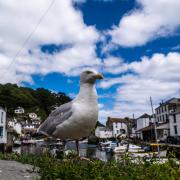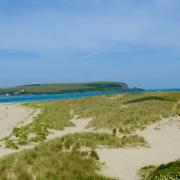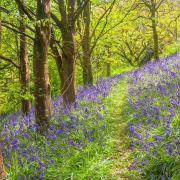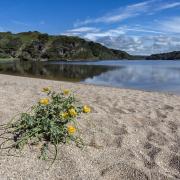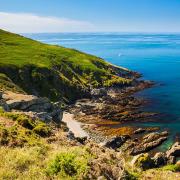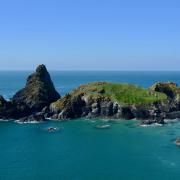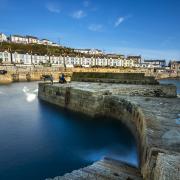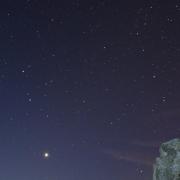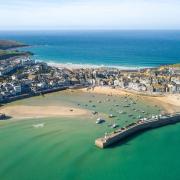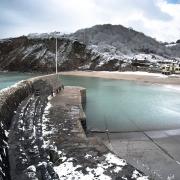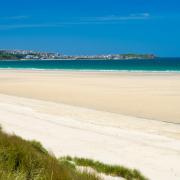Winter storms wash up all sorts of weird and wonderful marine life, says Kate Wilson of the Here are her 7favourites worth looking out for on the strandline along the seashore

Hornwrack (Flustra foliacea)
This looks like a dried seaweed, but is actually a colony of hundreds of tiny animals called Bryozoans, or "moss animals". If you look closely, you’ll see growth marks a little like tree rings, as they only grow for part of the year. This is often found washed up on the beach, especially after storms.
Mermaid’s purse (Scyliorhins canicula)
These are the egg cases of small sharks, skates and rays such as the lesser spotted dogfish, a type of small shark that eats worms and small fish and lives in shallow waters around the UK. The egg cases remain on the seabed or attached to seaweed for several months while the embryo develops into a miniature version of its adult self. Once emptied, the egg cases are often washed ashore.

Common whelk egg cases (Buccinum undatum)
These puffy balls are white egg cases laid on the seabed by the common whelk. They are found on all British coasts, but are particularly common in the north. Fresh egg cases are a bright white, but they fade to grey with age. They used to be employed by sailors as wash balls!
Cuttlefish bone (Sepia officinalis)
This chalky white "bone" comes from an amazing squid-like mollusc, which has large eyes, eight arms (plus two feeding tentacles) and a body that can change in colour and texture. Surprisingly lightweight and easily snapped between your fingers, the bones can nevertheless last well over a year in amongst the crashing waves.

Kelp holdfasts (Laminaria species)
Curious oddments that can look like skeletal sections, but each is simply the holdfast, or "roots" of large seaweeds known as kelp. They can be found on all British coasts, especially those with rocky seabeds. Kelps make a home for many animals, like urchins and sponges, and these can wash up on the shore with their seaweed hosts.
Pink seafan (Eunicella verrucosa)
These are formed from a colony of tiny anemone-like polyps and can be found from a deep pink to white in colour. They live on the seabed, but dead specimens can be washed up on beaches after a storm, particularly in the south and west. Taking decades to grow, seafans can be destroyed by heavy fishing gear.

Sea potato (Echinocardium cordatum)
Sea potatoes, also known as heart urchins, are a type of sea urchin that normally lives buried beneath the sandy or muddy seabed. They are best encountered as a wave-washed specimen on the beach. Mass strandings of sea potatoes sometimes occur on local beaches, for reasons which remain a mystery.
Like this? Then check out;
6 common sea shells to spot on the beach

6 species from the shark family to spot around Cornwall
6 different dolphin and whale species to spot off Cornwall coast




